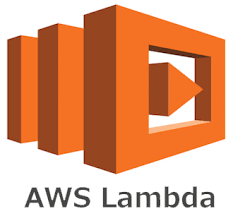99. How can Spark be connected to Apache Mesos?
To connect Spark with Mesos-
Configure the spark driver program to connect to Mesos. Spark binary package should be in a location accessible by Mesos. (or)
Install Apache Spark in the same location as that of Apache Mesos and configure the property ‘spark.mesos.executor.home’ to point to the location where it is installed.
100. How can you minimize data transfers when working with Spark?
Minimizing data transfers and avoiding shuffling helps write spark programs that run in a fast and reliable manner. The various ways in which data transfers can be minimized when working with Apache Spark are:
Using Broadcast Variable- Broadcast variable enhances the efficiency of joins between small and large RDDs.
Using Accumulators – Accumulators help update the values of variables in parallel while executing.
The most common way is to avoid operations ByKey, repartition or any other operations which trigger shuffles.
101. Why is there a need for broadcast variables when working with Apache Spark?
These are read only variables, present in-memory cache on every machine. When working with Spark, usage of broadcast variables eliminates the necessity to ship copies of a variable for every task, so data can be processed faster. Broadcast variables help in storing a lookup table inside the memory which enhances the retrieval efficiency when compared to an RDD lookup ().
102. Is it possible to run Spark and Mesos along with Hadoop?
Yes, it is possible to run Spark and Mesos with Hadoop by launching each of these as a separate service on the machines. Mesos acts as a unified scheduler that assigns tasks to either Spark or Hadoop.
103. What is lineage graph?
The RDDs in Spark, depend on one or more other RDDs. The representation of dependencies in between RDDs is known as the lineage graph. Lineage graph information is used to compute each RDD on demand, so that whenever a part of persistent RDD is lost, the data that is lost can be recovered using the lineage graph information.
104. How can you trigger automatic clean-ups in Spark to handle
accumulated metadata?
You can trigger the clean-ups by setting the parameter ‘spark.cleaner.ttl’ or by dividing the long running jobs into different batches and writing the intermediary results to the disk.
105. Explain about the major libraries that constitute the Spark Ecosystem
Spark MLib- Machine learning library in Spark for commonly used learning algorithms like clustering, regression, classification, etc.
Spark Streaming – This library is used to process real time streaming data.
Spark GraphX – Spark API for graph parallel computations with basic operators like joinVertices, subgraph, aggregateMessages, etc.
Spark SQL – Helps execute SQL like queries on Spark data using standard visualization or BI tools.











